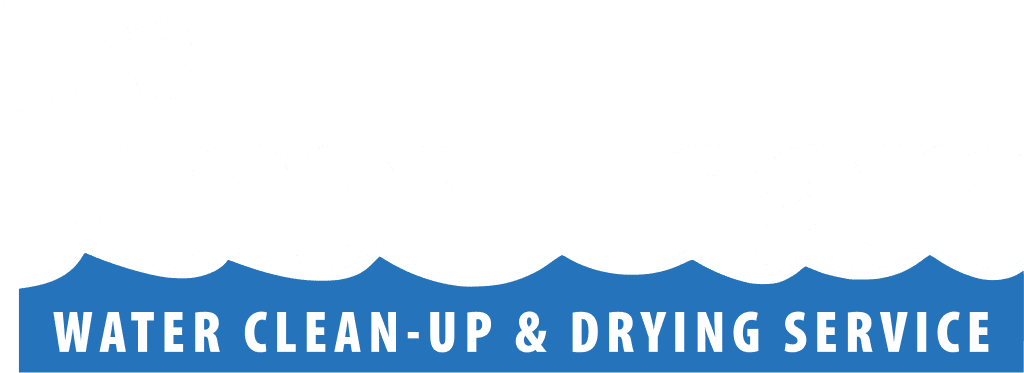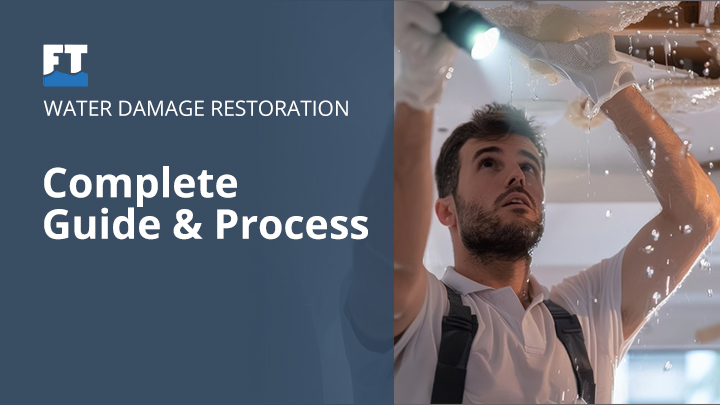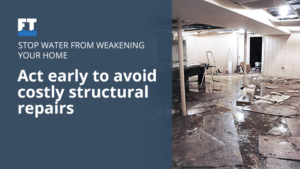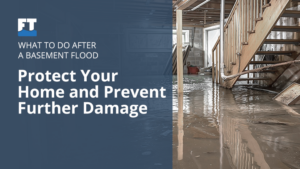Water damage can disrupt lives, whether it affects homes, businesses, or other properties. From burst pipes and roof leaks to natural disasters, water damage impacts not just the structure but also the health and well-being of those who rely on the space. But what is water damage restoration, and how does it help? This process involves assessing the damage, removing excess water, drying and sanitizing the affected areas, and repairing structural issues to restore the property to its original condition.
Understanding the importance of water damage restoration can help individuals and organizations act quickly when disaster strikes. Taking immediate action is vital to prevent further damage, such as mold growth, weakened materials, or unsafe conditions. By knowing the steps involved, you can protect your property, minimize costly repairs, and ensure a safe and functional environment for everyone who depends on it.
What Causes Water Damage?
Several everyday situations can cause water damage. Some are unexpected, while others develop over time and go unnoticed until the damage is severe.
Severe Weather
Heavy rain, hurricanes, and floods can bring water into your home and cause significant damage. A flooded basement is a common result when the drainage system becomes overwhelmed, allowing water to seep into lower levels of your home. This can weaken walls, damage electrical systems, and create long-term structural issues if not addressed promptly.
Leaky Pipes
Old or damaged plumbing can result in leaks that often go unnoticed until major damage has already occurred. Pipes hidden behind walls or under floors can drip water slowly, leading to mold and structural issues.
Appliance Malfunctions
Household appliances such as washing machines, water heaters, and dishwashers can leak if their hoses or seals wear out. A small leak may seem harmless, but over time, it can cause extensive damage to flooring and walls.
Roof Leaks
A damaged or aging roof can allow water to seep into your attic or walls. Missing shingles, clogged gutters, and worn flashing are common culprits that lead to interior damage.
Water Damage Restoration Process
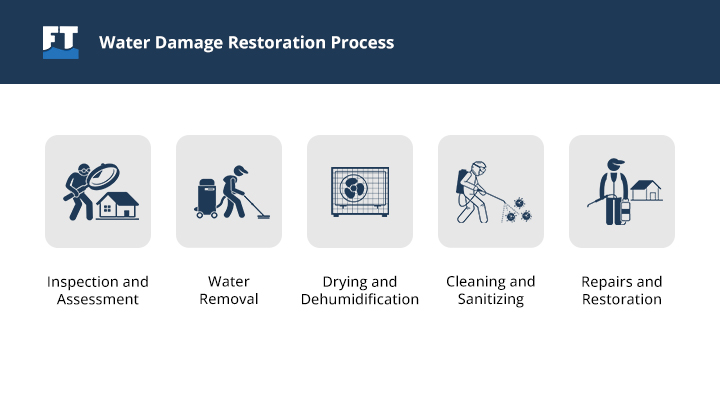
Water damage restoration is a multi-step process designed to bring your home back to its pre-damage condition. Each step is essential to ensure the damage is properly managed.
Inspection and Assessment
The first step in water damage restoration is to assess the extent of the damage. Professional water damage restoration services inspect the affected areas, identify the source of the water, and categorize the contamination level to determine the best course of action.
Water Removal
Once the damage has been assessed, water extraction begins. High-powered pumps and vacuums remove standing water from floors, carpets, and walls to prevent further absorption and mold growth.
Drying and Dehumidification
After the water has been extracted, drying equipment such as air movers and dehumidifiers are used to remove moisture from materials. Applying the fundamentals of drying—which include proper airflow, temperature control, and humidity management—ensures that all moisture is thoroughly eliminated. This step is essential in preventing mold growth and minimizing further structural damage.
Cleaning and Sanitizing
Surfaces, furniture, and belongings that came into contact with water need thorough cleaning. Professional cleaning solutions and antimicrobial treatments help remove odors and prevent bacteria from spreading.
Repairs and Restoration
The final step involves repairing or replacing damaged materials such as drywall, flooring, and insulation. Some cases may require major structural repairs to restore the home completely.
How to Recognize Water Damage
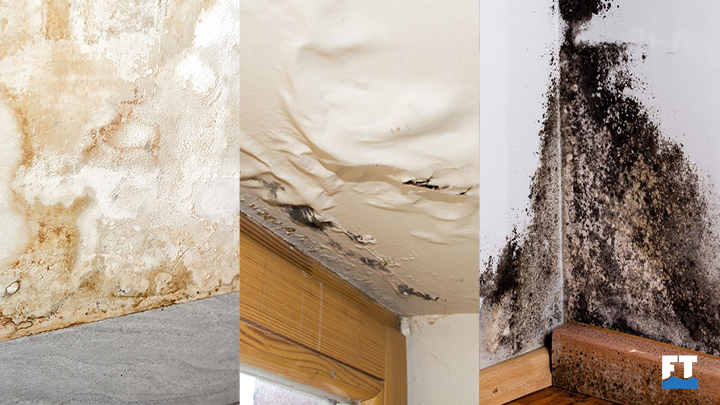
Spotting water damage early can save you from expensive repairs and long-term damage. Here are some signs to watch for:
Stains and Discoloration
Brown or yellow stains on walls and ceilings are a clear indicator of water intrusion. These stains often grow larger over time if the source isn’t fixed.
Warped or Swollen Materials
Wood, drywall, and flooring materials that swell or warp indicate water exposure. If left untreated, they can weaken and break down. If you notice this damage, contacting the best water damage restoration company can help address the issue before it worsens.
Peeling or Bubbling Paint
Water trapped behind paint or wallpaper can cause bubbling, peeling, or blistering, showing that moisture is affecting the surface.
Musty Odors
A persistent musty smell usually signals hidden water damage. Mold and mildew thrive in damp areas and produce distinct odors.
Visible Mold
Mold growth in areas like bathrooms, basements, and under sinks is a sign that moisture has been present for an extended period.
Choose a Professional Water Damage Restoration Service
At The Flood Team, we follow a comprehensive water damage restoration process—from inspection and water removal to drying, sanitizing, and repairs. Don’t wait—contact us today for expert assistance and let our certified professionals protect your property and peace of mind!
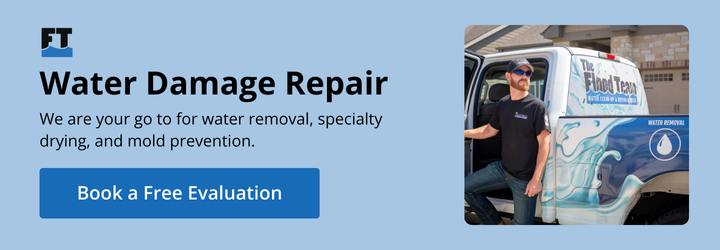
Final Thoughts
Understanding what is water damage restoration can make the recovery process smoother and less stressful. Acting quickly after water damage occurs is essential to protect your property and health. Whether it’s a small leak or a major flood, proper restoration helps minimize costly repairs and prevent long-term issues. Taking preventive steps and conducting routine maintenance can also reduce the chances of facing water damage in the future.
FAQs
How fast should water damage be addressed?
It’s best to address water damage immediately to prevent mold growth and further issues.
Can I handle water damage cleanup myself?
For small leaks, DIY cleanup may work, but for major damage, hiring professionals is the safest option.
How long does the restoration process take?
It depends on the extent of the damage but usually takes a few days to a couple of weeks.
Will insurance cover water damage restoration?
Coverage depends on your policy and the cause of the damage. Check with your insurance provider for details.
How can I prevent water damage in the future?
Regular inspections, good drainage, and prompt repairs can help prevent future water damage.
